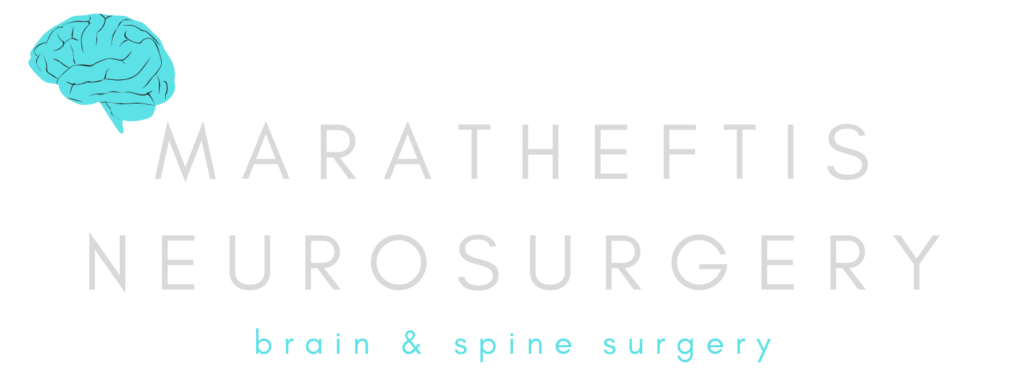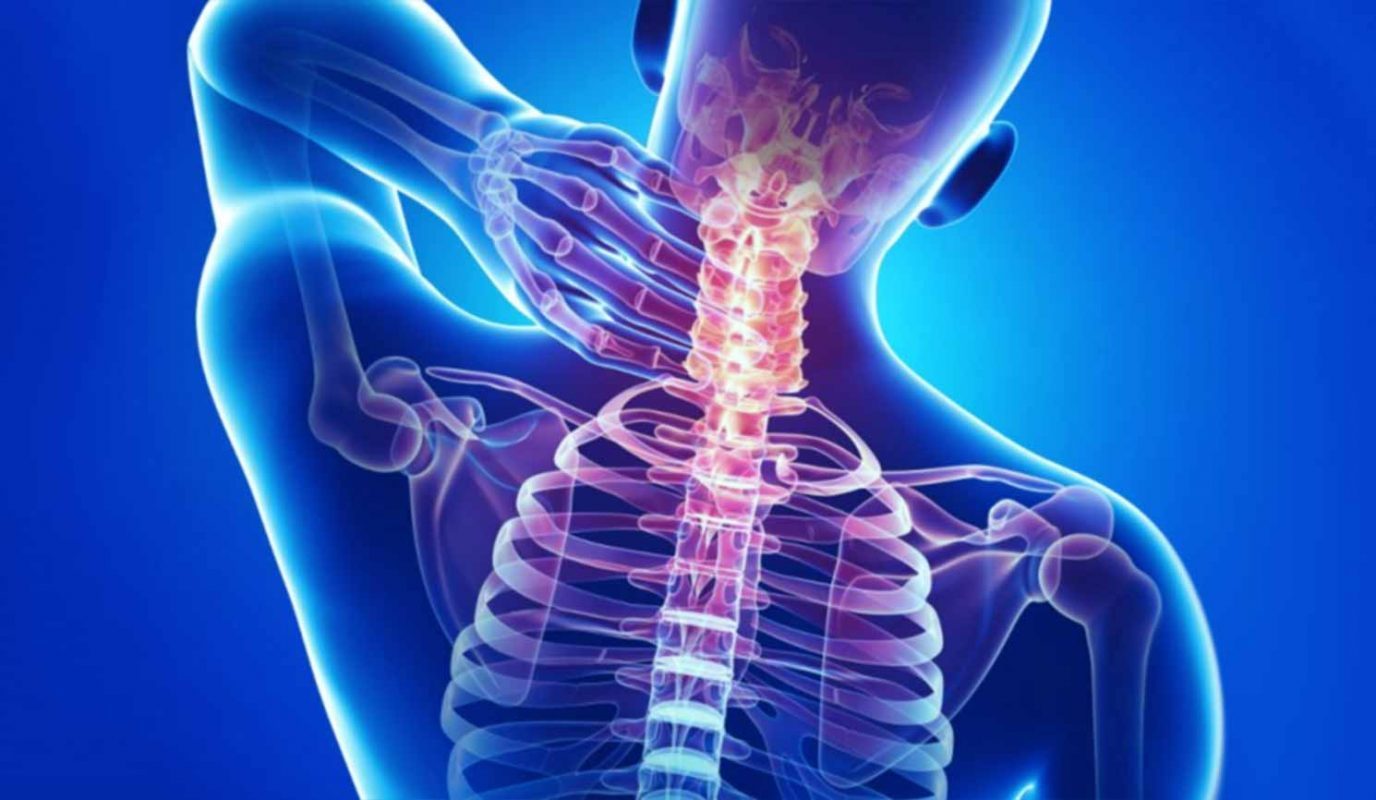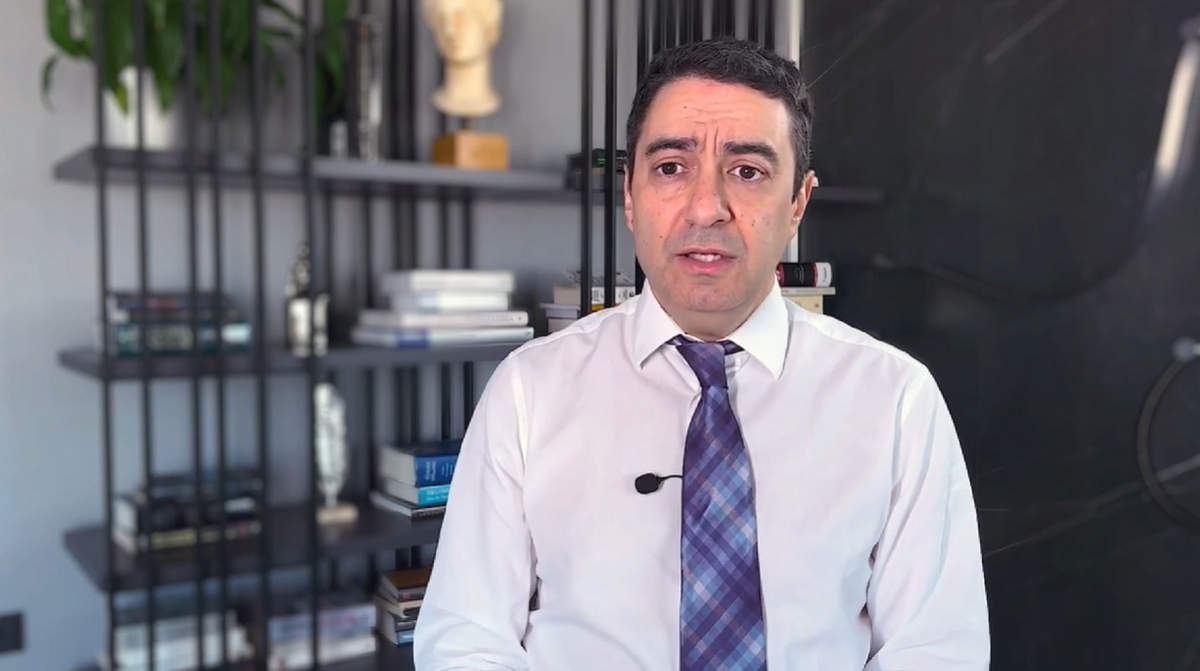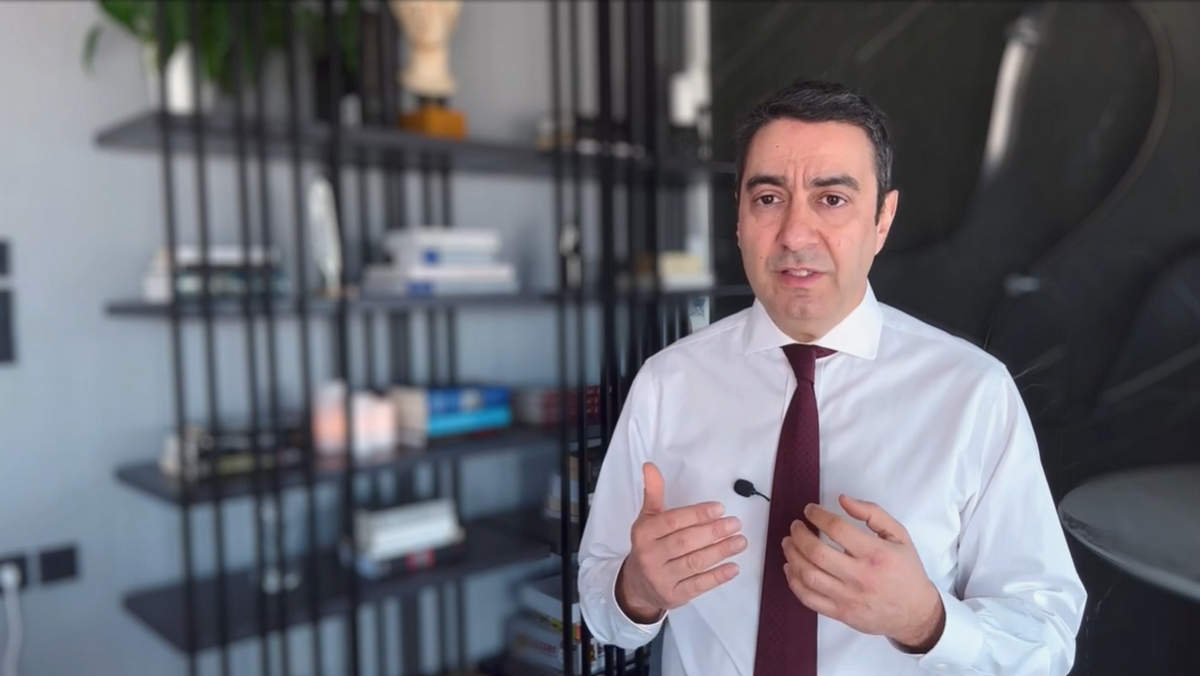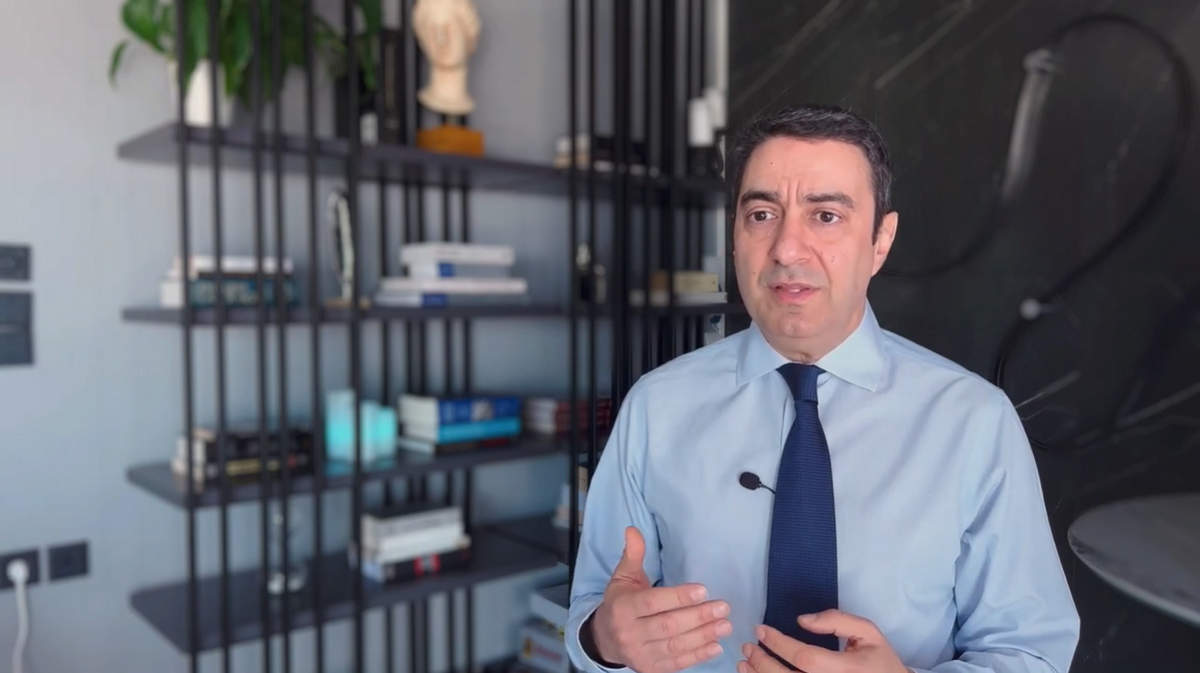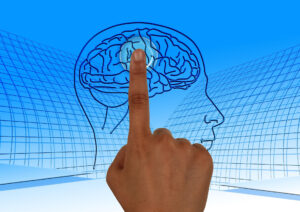Cervical hernia – Cervical Myelopathy – Spondylosis
Cervical Syndrome or Neck Pain affects 1 in 10 people of all ages, which means that 1,000,000 Greek men and women suffer from it. About half of them have a serious problem, which requires medical attention and medication. Womenare much more likely to experience Cervical Syndrome (2-4 times more frequent than men). Even when the shoulder is involved, the most common cause of pain is cervical radiculopathy followed by periarthritis humeroscapularis.
Symptoms of cervical syndrome
Stiffness, pain in the neck that may reflect on the hands and back are among the usual symptoms of cervical syndrome or neck pain. There may also be a headache, especially at the base of the head, and a constant, painful weight, as if the patient cannot support the weight of their head. In certain cases there may even be dizzinessand instability when walking, even vertigo. The frequency of the condition is very high. It is estimated that about 1,000,000 people in Greece suffer from cervical syndrome. About half of them have a serious problem, which requires medical attention and medication or some other treatment.
Treatment of Cervical Syndrome
The treatment of Cervical Syndrome is practically divided in 3 levels, depending on the severity and persistence of the symptoms, as well as the findings of the special diagnostic examinations, mainly MRI and electromyography. So, there is 1st level treatment, which includes medicationsuch as anti-inflammatory and muscle relaxants, bed rest, wearing a neck collar, physiotherapy and kinesiotherapy (if appropriate), weight loss and avoiding lifting weights. If these measures do not relieve Cervical Syndrome, then we may move on to the second level treatment, which includes functional retraining, thermal baths, aqua gymnastics, and special gymnastics – not necessarily in this order. In cases where no serious cause requiring surgery can be identified, alternative treatment methods such as acupuncture can be tried.
For Cervical Syndrome, there is also a level 3 Treatment (invasive treatments), in cases, for instance, where there is a large disc herniation that causes neurological disorders, such as inability to perform fine movements with the hands, constant numbness, loss of strength in the upper limbs, cervical myelopathy (injury or pressure on the spinal cord). Invasive treatment is also required in patients who have recurrent relapses, in the case of pain that does not go away with medication, and when conservative treatment does not work after 3 months.
As in lumbar disc herniation, similar phenomena can be noted in the cervical spine. In this case, there may be relevant symptoms, like neck pain, headache, numbness or burning in the upper limbs, limited mobility of the neck, or symptoms at the lower extremities. In the most severe cases, there is pressure on the spinal cord too, which is a more serious condition called cervical myelopathy that usually requires surgery. If there is pressure on one or more nerve roots and the symptoms do not subside with conservative treatment (drugs, physical therapy), or if there is limb weakness, or if the symptoms are so severe that they clearly affect the patient’s quality of life, surgery is required.
See related:
Surgical treatment
In the surgery called anterior cervical discectomy, one or more discs are removed with a small incision of 2-3 cm in the anterior surface of the neck (in an area where there is normal wrinkling of the skin, so that the aesthetic effect will not be compromised). In place of the removed disc a special implant made of plastic material or an artificial disc made of titanium and plastic, whenever technically possible, will be placed. The operation is always performed using a surgical microscope, and, if necessary, parts of pathological (hypertrophic) bone (the so-called “bone spurs”, or osteophytes) are removed, if they disrupt the architecture of the vertebrae or exert pressure on the nerve roots, contributing to the symptomps (spondylosis). The operation lasts about 1-2 hours, the risks for a serious postoperative complication are approx. 1%, and the patient is discharged 36 hours after the surgery.
